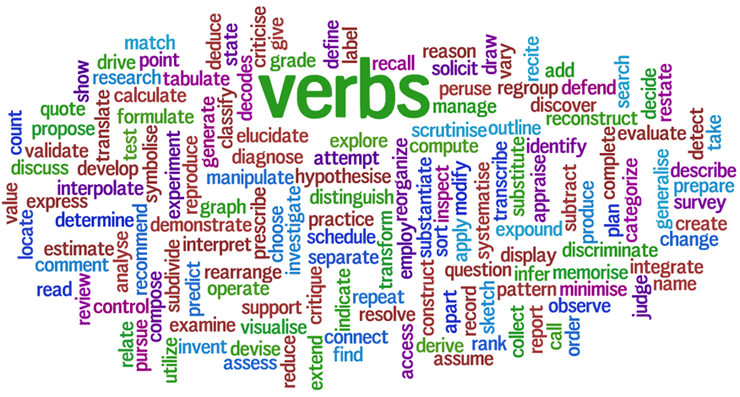Principle:
The verb you choose guides the actions you’ll take. Be intentional about the verb you choose for a goal.
LeAnn Explains the Clear Verbs Principle
When I was a merit badge counselor for scouting, we were trained to pay attention to the verbs. If the requirements said list, you looked for a piece of paper with a list of things. If it said show, you watched them demonstrate it. If it said tell, you listened to them tell. The same is true for goals. Be clear about the action you are going to take with your goal or with this action step of your goal. This is related to the deliverable.
If my goal is to learn about adult ADHD, what are the clear verbs I will do? Am I going to read a book, google adult ADHD, watch YouTube videos, or make an appointment with a specialist? All of these actions can teach you about adult ADHD. Which action is your goal?
Verbs can be used for the goal itself or for the action steps that get you to the goal. To know which verbs/action steps will get you there, you need to know what done looks like.
So What – Application
If clear verbs change the direction of your efforts, it’s worth taking a few minutes to decide which verb to use when you write down your goal. If my goal is to learn something, I can find verbs two ways, by imagining how I know I’m done or by imagining how I’m gong to get to my goal. Here are some example questions that can help you choose clear verbs:
- What does done look like? (when I’ve google and read 3 entries, call,
- How can I demonstrate that I am done learning? (memorize, list 5 things I learned, write a summary, text my partner what I learned)
- How do I go about getting to the end?
- What actions am I going to do to reach my goal?

